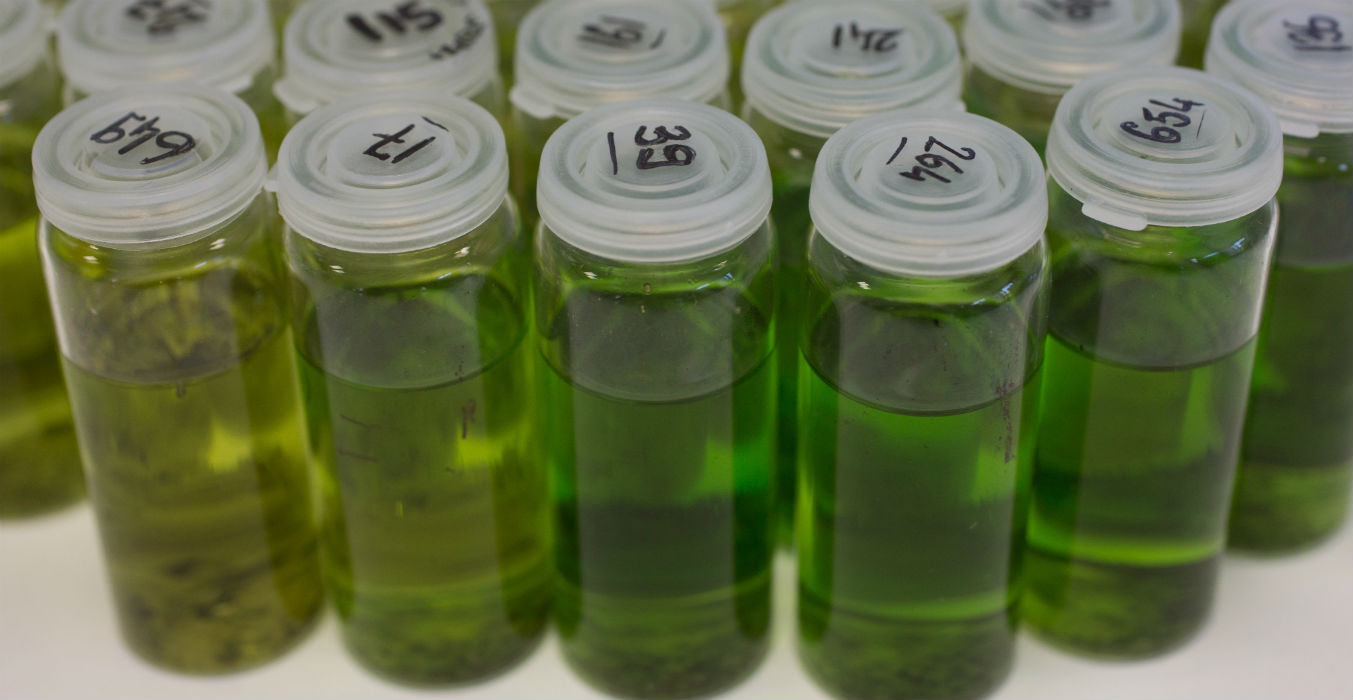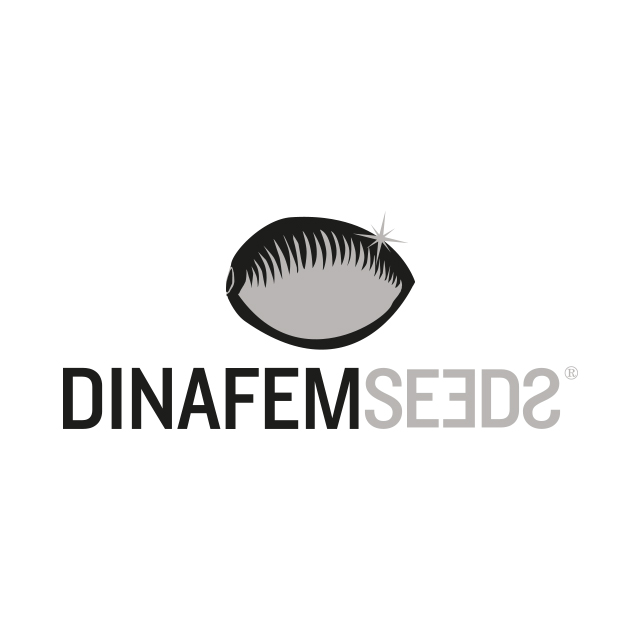- What seemed an industry condemned to be eternally threatened by a framework of illegality is riding high on a recent wave of legalisation and regulation, as more and more countries choose another route.
- This is a movement promoting new models in which cannabis is evolving from an illegal drug to a therapeutic and even a recreational product. The winds of change are bringing with them a new consumption paradigm, promising to change the industry forever.
- Sector companies must adapt to these changes, having to reinvent themselves or disappear. This new model, arising in the wake of the lifting of prohibitionist policies, can be quite complex.
- There are so many different issues to address that it is difficult to command a view of the whole: cannabis for therapeutic use, new strains rich in CBD, cannabinoids, terpenes… what is happening in the cannabis world?
- In order to clear up all these questions we turned to Professor OG, the main breeder at Dinafem and an expert in the matter, who explains to us all the ins and outs of this new reality.

What is the current situation with regards to therapeutic cannabis use in the world?
Cannabis has major therapeutic potential, which, for legal reasons, has not been completely researched and exploited. Since 1980, thanks to Raphael Mechoulam, we have known that cannabis has very powerful antiepileptic effects, and with minimum side effects if we compare it with other types of medications that have regularly been used to treat this disease. Yet, its therapeutic potential has not been fully tapped.
In recent years there has been a snowball effect, with information and the use of therapeutic cannabis picking up steam. There have been very concrete initiatives in some places, such as the medical cannabis law approved in California in 1996, and the case of Bedrocan in Holland. This phenomenon later spread to other countries. Israel is a good example, where there has been a very rapid and professional development of medical cannabis, aimed at meeting the country's internal needs. This information, at a certain point in time, reached the mass media, and ever since it has no longer been considered something that is censurable or legally complicated.
Italy, for example, in spite of having quite strict legislation governing recreational cannabis, has witnessed a very speedy and pragmatic implementation of medical cannabis, partly thanks to the fact that it has its own infrastructure, consisting of a military laboratory, capable of carrying out cultivation.
Cannabis has major therapeutic potential
In this regard Italy has joined a multitude of countries that have legalised the medical use of cannabis. Another good example is Canada, the first country in the G8 to legalise it at the federal level, unlike in the United States, where only some states have lifted the ban on it. Germany is also taking steps towards authorisation, as is Uruguay, Holland, Israel and Colombia. Basically, we can already speak of an international wave of legal frameworks sanctioning the use of therapeutic cannabis.
Do you believe that the situation is poised for change?
Traditional medicine is now acknowledging the potential of therapeutic cannabis. This is due to the fact that its use is more and more widespread – under medical supervision, of course. In this regard a documentary aired on CNN about the case of a young American girl suffering from refractory epilepsy revealed to the world the great potential of CBD-rich marijuana, and had a major impact. In summary, we believe that a paradigm is being overturned, and this means great benefits for the health sphere.
What is the status of seed banks in this new scenario?
Seed banks came about under a framework of illegality and in a context of illicit networks, which shaped the genetic composition of cannabis. In a context of illegality, cannabis production is saddled by the same burden affecting all illegal products: prices on the black market are inflated.
As a result of these high prices, users and breeders sought more powerful final products. That is, all the agents involved in the commercial process creating cannabis until now, consciously or unconsciously, have sought to increase the THC levels in cannabis genetics to satisfy a market that demanded great strength and productivity. And this was, once again, a result of this context of illegality.
There came a moment when knowledge about other cannabinoids, like, for example, CBD, gave rise to an awareness of the fact that, although cannabis with high levels of THC has applications at the recreational level and in the medical sphere, cannabis is much more than this.
Increasing the THC levels in cannabis genetics is the result of illegality
This is exactly this what we at companies in the sector have been discovering in recent years: there are other cannabinoids with significant therapeutic effects and, although a prime was initially placed on THC, new therapeutic needs are determining new types of cannabis genetics.
Will the future of the therapeutic industry and recreational use go hand in hand?
Therapeutic needs coincide with the vision that we have for cannabis in a mainstream legal market. For example, pure-THC cannabis could be comparable to high-proof distilled liquors. Most people who consume alcohol prefer a light beer or a glass of wine to 60-proof alcohol.
The paradigm of THC-rich cannabis is being broken down in two ways: firstly, the demand in the medical sector, which requires cannabis with other types of cannabinoids; and, secondly, by the new recreational markets, now framed in a new legal context.
In a framework of legality there is no longer a need to only produce very powerful cannabis, and many users will prefer cannabis with more sustainable effects. In this way, strains rich in CBD produce much lighter effects, and with slighter side effects; therefore, they are much more suited to a legal context.
In this way there are two factors that converge, pushing seed banks in a new direction: the creation of cannabis with therapeutic value, on the one hand, and a recreational value that is moderate, sustainable, measured and standardised, on the other.
Therapeutic needs coincide with the vision that we have for cannabis in a mainstream legal market
How is Dinafem positioned in this scenario?
At Dinafem we have set out to transform pure THC genetics, enriching them with cannabidiol and other cannabinoids, which we are working on. We want to create strains tailored to legal markets.
There is a large niche in the market that does not consume cannabis because it is too strong. In a context in which the market is within the law, creating the option to consume cannabis rich in other cannabinoids means offering the public a much healthier and more sustainable product.
There are risks entailed by cannabis consumption. For example, its use during adolescence can produce psychological and psychiatric problems. We believe that the creation of new cannabis strains enriched with other cannabinoids, and not just THC, is an objective that will protect public health and reduce risks.
That same development oriented towards the recreational market is also valid for the medical sphere, as the needs of the therapeutic sector are wide-ranging: there are treatments that require pure THC, others call for pure CBD, while still others need combinations of both cannabinoids, and even other cannabis compounds.
We want to create strains tailored to legal markets
Working with therapeutic users means not only placing milder strains on the market, and ones rich in other cannabinoids. Rather, it will be necessary to address other types of controls and needs, right?
At Dinafem we are firmly convinced that we must work to create new genetics that are going to reduce risks for the recreational user, and ones that will allow many new users to enjoy cannabis in a much more sustainable way. Above all, they are going to allow therapeutic users access to controlled genetics featuring the chemical compositions necessary for the treatment of their diseases.

To achieve this, years ago we made the decision to create our own laboratory, where we have the equipment necessary to carry out gas chromatography analysis and, thus, to analyse cannabinoids and terpenes. We are not working with rough estimates here. Rather, we are talking about quantifiable, verifiable and empirical chemistry. We believe that this is what the future of seed banks will look like.
There still exists a large part of the recreational market that thinks CBD is just for therapeutic use. Do you think that this situation will end up changing?
Dinafem has made a major effort to create new genetics rich in CBD. Our objective is to replace the pure THC paradigm on the recreational market and to turn it into one in which CBD is as present as tetrahydrocannabinol has been until now.
We have already created and placed on the market many strains enriched with CBD. We are developing more, and the main goal is to supply recreational users with CBD-rich strains that they find as attractive as others.
Products without information are good for nothing, so we want to educate recreational users and explain why the consumption of strains rich in CBD entails fewer risks, why they produce more sustainable effects, and have fewer side effects. To draw a comparison, it's like going from drinking whiskey to drinking beer. One of our objectives, then, is to transform the recreational market.
The other aim is to produce strains designed for medical use, pure CBD genetics. Thanks to this work we have forged alliances with companies in the cannabis sector from different countries that are authorised by their respective governments and who can use our seeds under contracts in a way totally compliant with the law.
We want to educate recreational users and explain why the consumption of strains rich in CBD entails fewer risks
What is your prognosis, looking towards the future?
Although cannabis's medical applications have been known since antiquity, it was in the 19th century when western pharmacy recognised them. They were later wiped off the map by prohibitionist policies. Years later there was a resurgence. In 1980 Raphael Mechoulam published a scientific document demonstrating cannabis's anti-epileptic effects.
In the last ten years there has been a "snowball effect" as developments and research in this field have intensified significantly. The discovery of the endocannabinoid system was a turning point. In terms of the future outlook, more and more resources are being used to research cannabis's therapeutic potential, and the interaction between the plant's multiple components is being better understood, in all its complexity.
We believe that progress is being made in this area, and that in the coming years all this complexity will be deciphered. The consequence of this whole process, we believe, will be the creation of increasingly specific formulations created to treat different types of diseases.
From the point of view of seed banks, this process means that our work will be more and more specific. It is necessary to create genetics that are tailor-made to treat different ailments.
It should also be mentioned that, in addition to medical use in humans, there is more and more research and applications oriented towards animals (dogs, cows, horses, etc.). In this way, it seems that these applications of the endocannabinoid system will also benefit the veterinary sector and livestock production.



Comments from our readers
There are no comments yet. Would you like to be the first?
Leave a comment!Did you like this post?
Your opinion about our seeds is very important to us and can help other users a lot (your email address won't be made public).